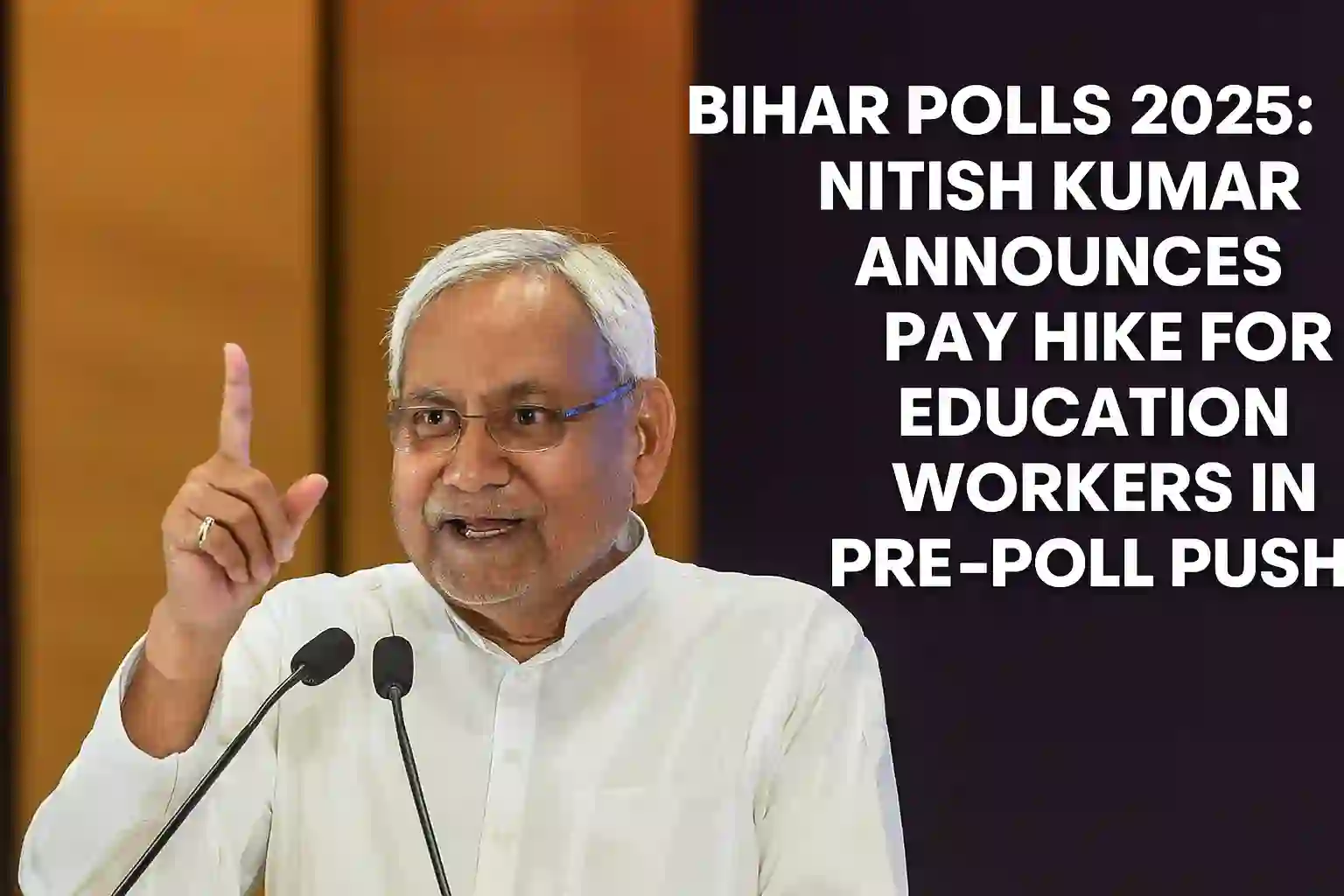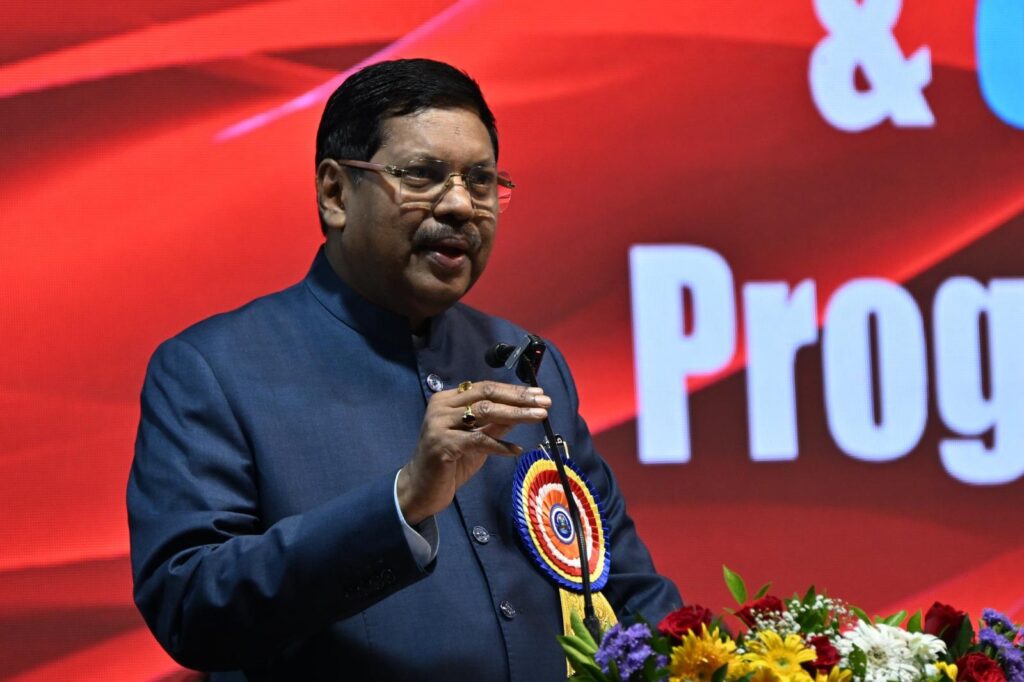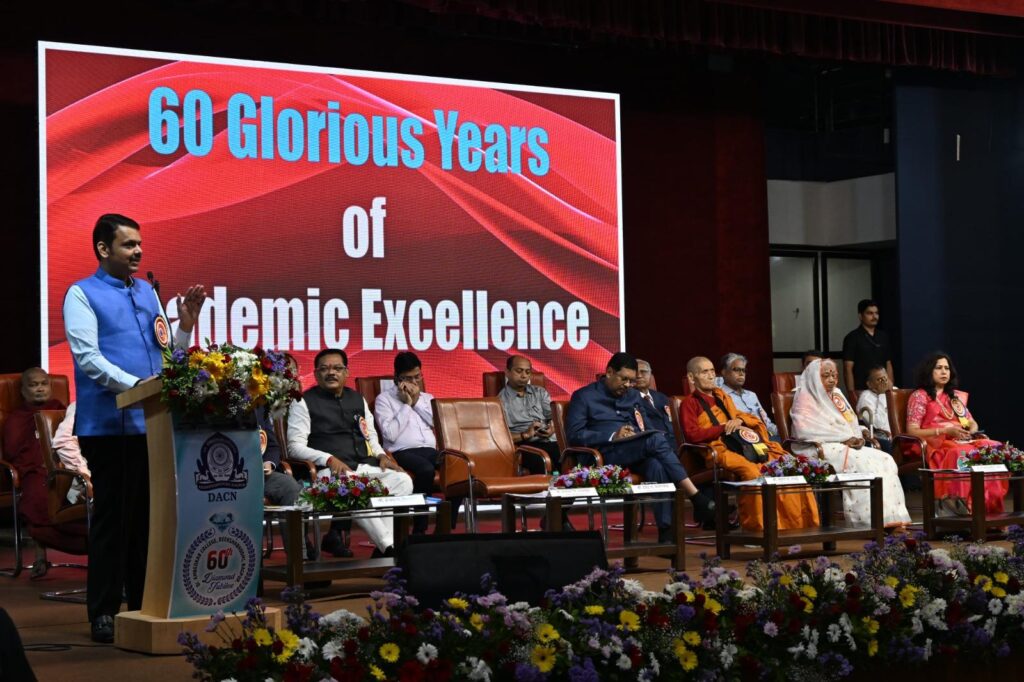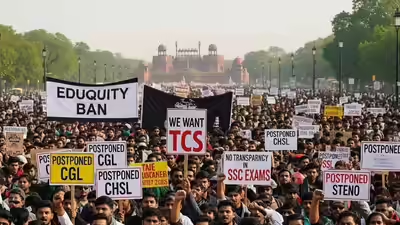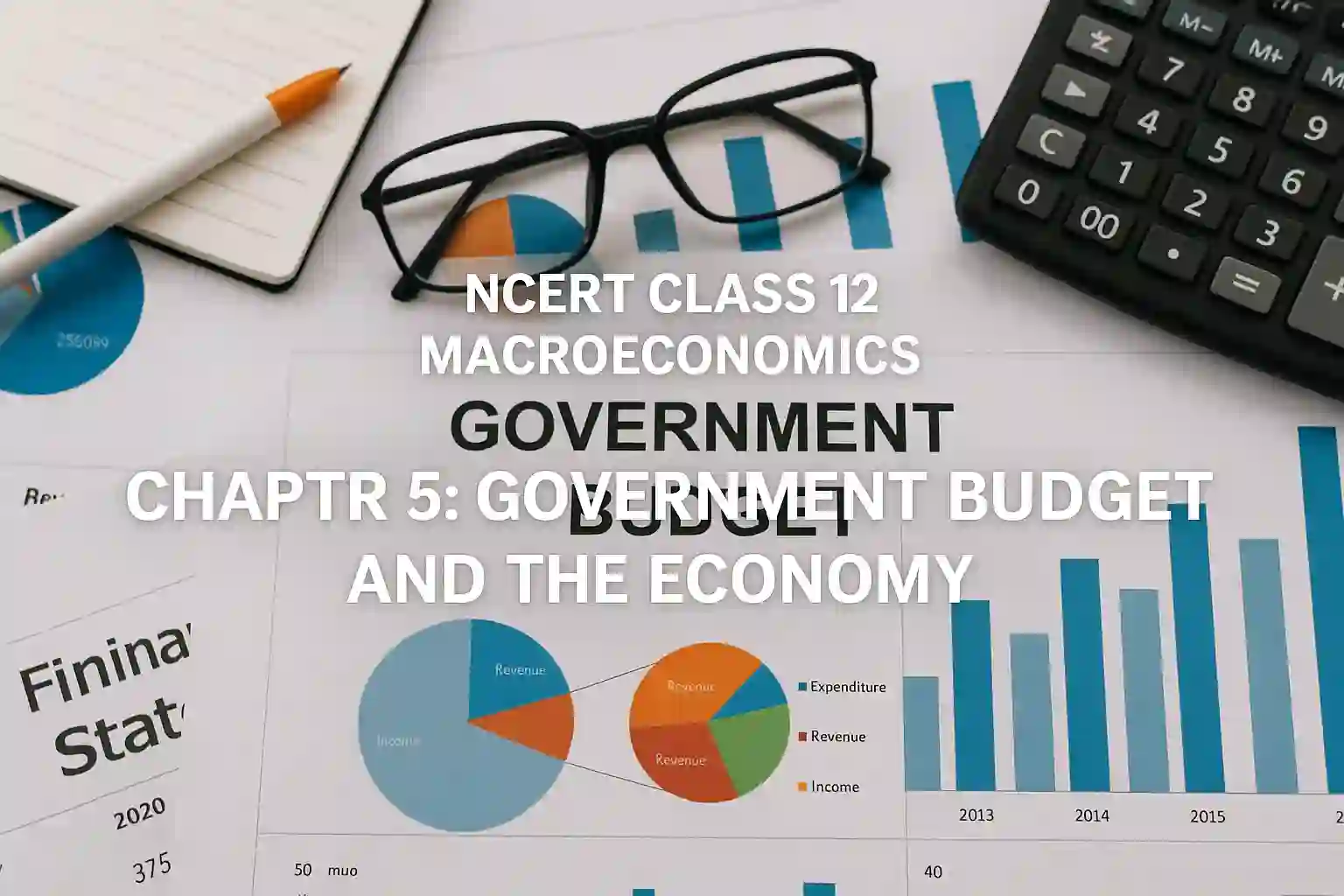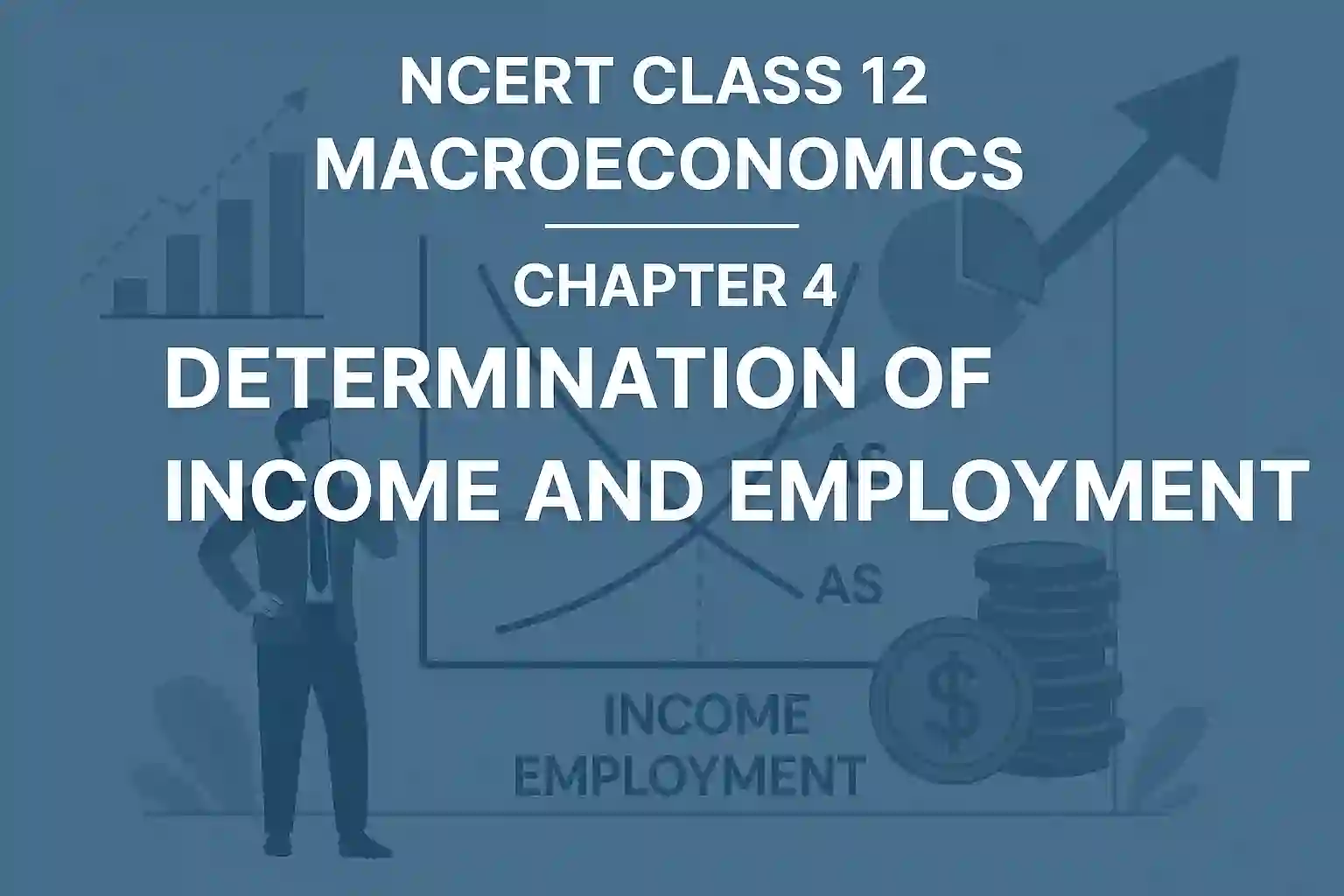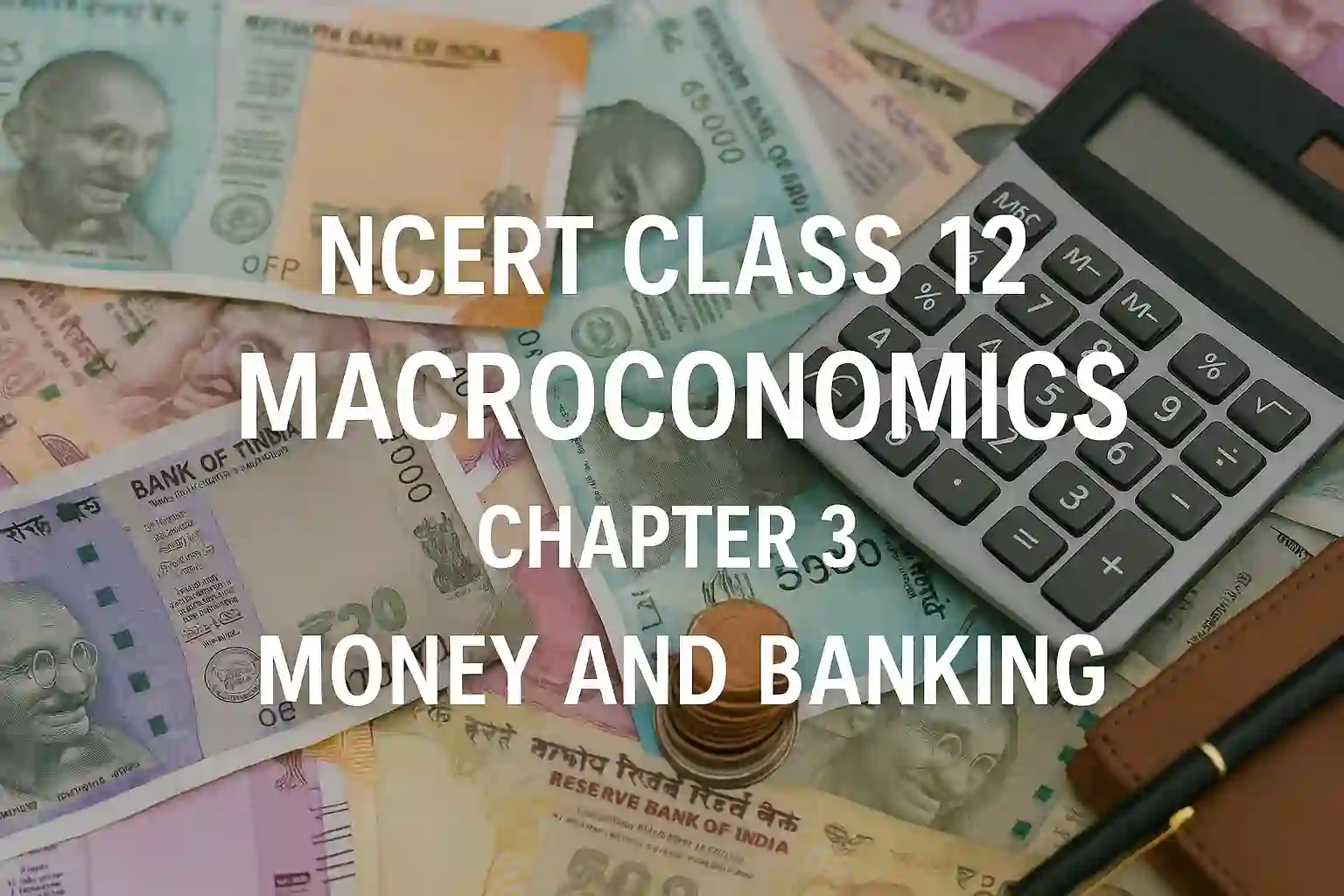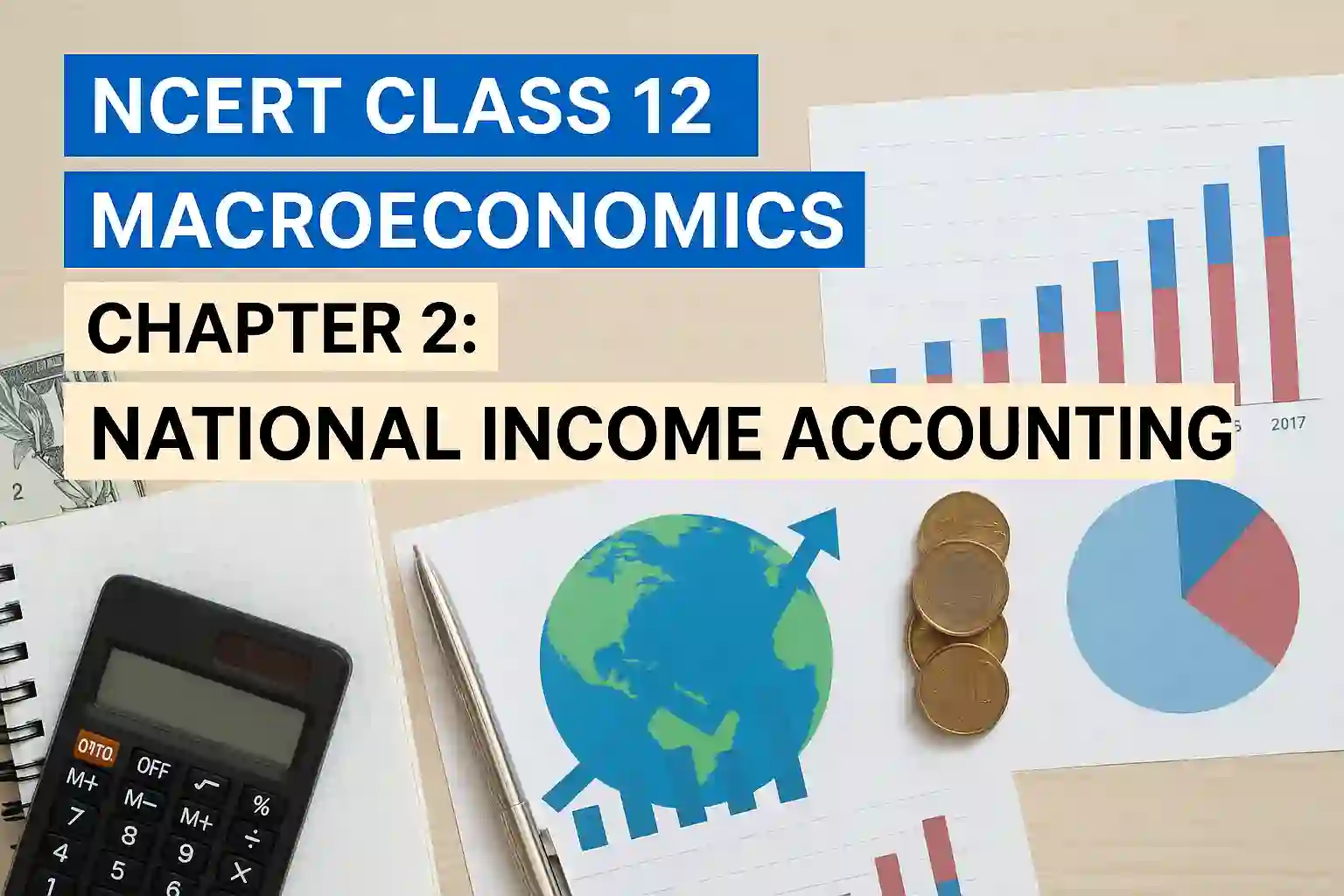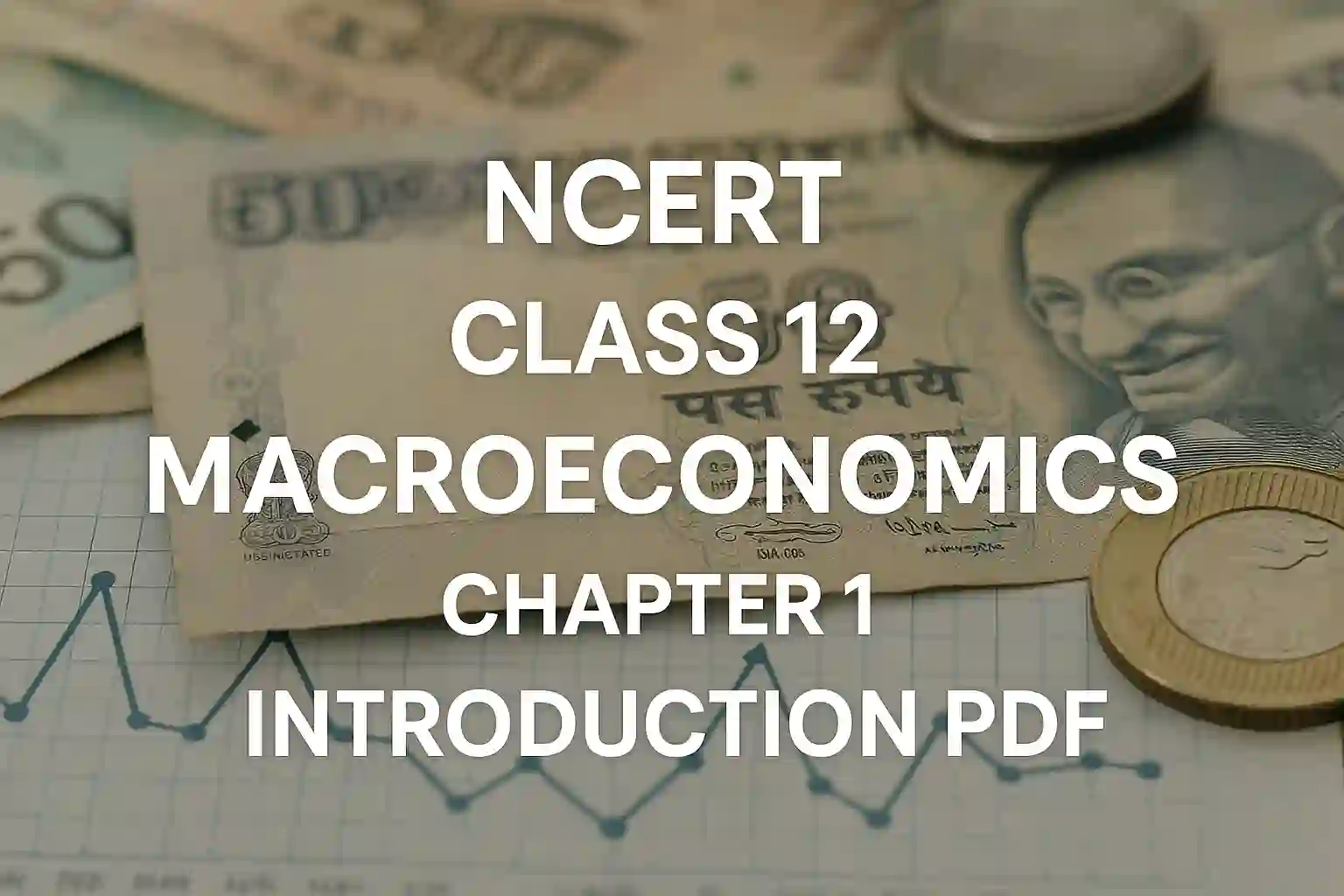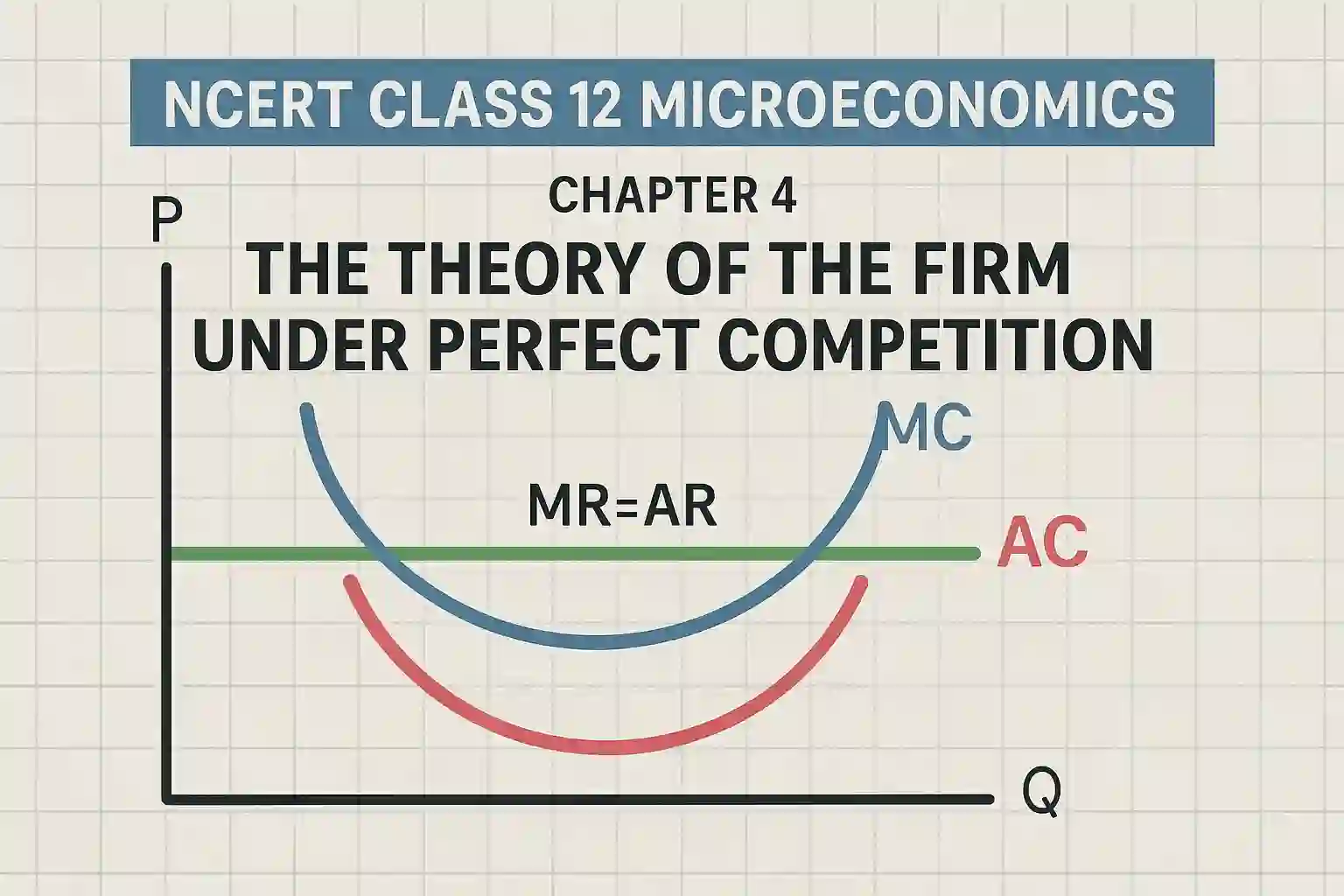As Bihar gears up for its upcoming assembly elections, Chief Minister Nitish Kumar has announced a major pre-poll move—an increase in the wages of contractual education workers. This decision, aimed at over 3.5 lakh ‘niyojit shikshaks’ and other education employees, is being seen as a political sop to win support from a crucial voter base. The salary hike comes just months before the state goes to polls, and it’s already making waves in political and educational circles.
I felt the need to write about this because the education sector in Bihar has long struggled with underpaid and overworked staff. Many contractual teachers have been demanding better pay and job security for years. Now that the government has finally responded—right before elections—it raises key questions. Is this a genuine step towards education reform, or just a way to attract votes? More importantly, how will it impact students, quality of education, and the overall public perception? Understanding this move helps us see the link between politics and policy-making, especially in a state like Bihar where education is both a livelihood and a lifeline.
What Did the Government Announce?
Nitish Kumar’s government declared a pay hike for education workers just ahead of the 2025 elections. Here are the key takeaways:
- Contractual teachers (niyojit shikshaks) will see a salary increase of 15 to 20 percent depending on their category
- Education workers like librarians, computer instructors, and clerical staff are also included in this raise
- The pay hike will be effective from September 1, 2025, according to the official circular
- The decision will benefit nearly 3.5 lakh workers across government and government-aided schools
This move comes at a time when teachers’ unions were building pressure with protests and demands for better working conditions.
Why It Matters in This Election
The timing of the announcement is no surprise. Bihar’s education workers are not just staff—they are voters with strong grassroots presence. Many of them also act as polling agents, census workers, and local influencers in their villages.
By announcing the hike now, Nitish Kumar is clearly trying to:
- Send a positive message to a large vote bank
- Neutralise criticism from opposition parties who have often highlighted poor working conditions of school staff
- Project himself as pro-education, despite earlier protests against low wages and lack of regularisation
It’s also worth noting that Bihar has seen many protests by ‘niyojit shikshaks’ over pay parity with regular government teachers. This move is expected to calm some of those tensions—at least for now.
What’s the Current Pay Structure Like?
Here’s a quick snapshot of how the pay hike might look:
| Worker Category | Earlier Pay (Approx.) | New Pay (Approx.) |
|---|---|---|
| Primary School Teacher | ₹25,000 | ₹29,000 – ₹30,000 |
| Secondary School Teacher | ₹32,000 | ₹37,000 – ₹38,000 |
| Non-Teaching Staff | ₹12,000 – ₹18,000 | ₹14,000 – ₹22,000 |
Note: These are rough estimates based on public statements and may vary depending on grade and location.
Is This a Long-Term Solution?
The bigger question is—will this improve the state of education in Bihar? The answer is complicated.
On the one hand, better pay can improve motivation and reduce absenteeism. Teachers might feel more valued and committed. On the other hand, the core issue of regularisation and parity with permanent staff remains unresolved. Many education workers are still not eligible for pensions or other job benefits.
Critics have also pointed out that such announcements just before elections may not reflect long-term planning. Once elections are over, will these promises hold strong?
What Do the Teachers Say?
Initial reactions from education workers have been mixed. Some are happy that the government finally acknowledged their demand. Others say it’s not enough and are still pushing for full employee status and permanent appointments.
Teacher unions have warned that the issue will not be over with just a pay hike. Unless the state looks at service conditions, infrastructure, and school facilities, education quality will remain below expectations.

